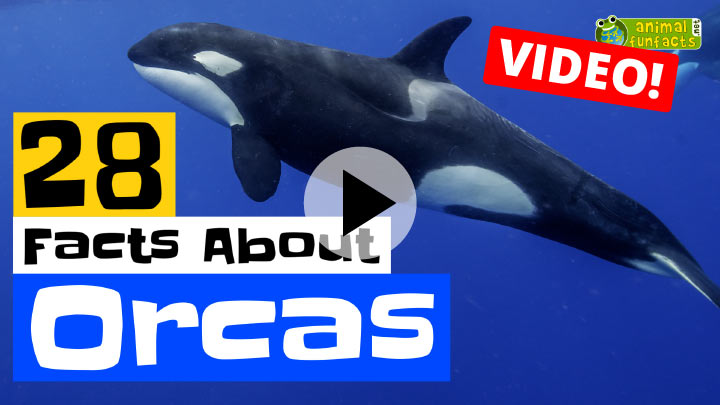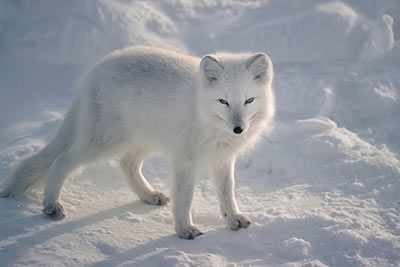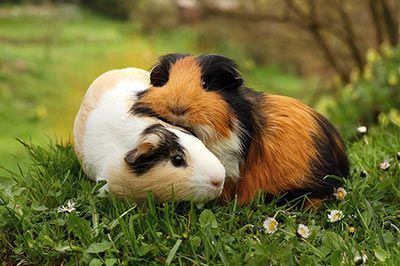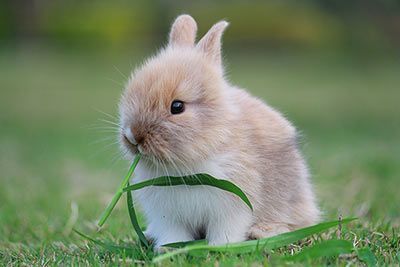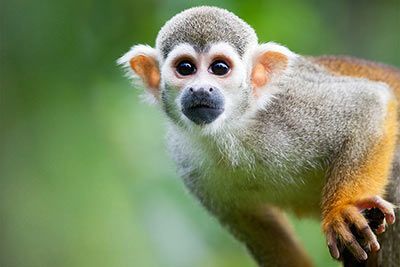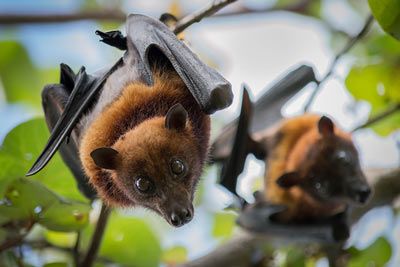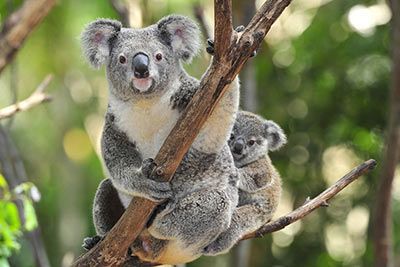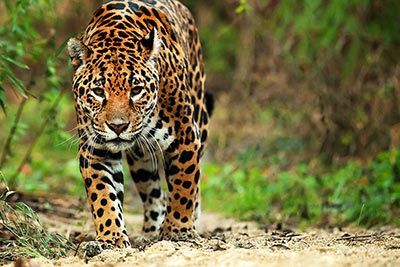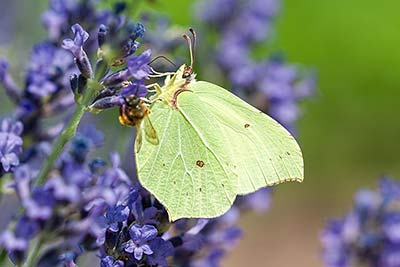Orca
Orca / Killer Whale Facts
| Size | 20-26 ft (6-8 m) |
| Speed | 35 mph (56 km/h) (short distances), 6-12 mph (10-20 km/h) (long distances) |
| Weight | Up to 6 tons |
| Lifespan | 50-80 years |
| Food | Fish, marine mammals, seals, squids, penguins |
| Predators | Big sharks |
| Habitat | Ocean and coastal regions |
| Order | Whales |
| Suborder | Toothed whales |
| Family | Oceanic dolphins |
| Scientific name | Orca orcinus |
| Characteristics | Big, black and white whale |
Main Characteristics
Orcas are Dolphins
Orcas are large marine mammals within the whale family. Their most striking features are the black and white color and the large dorsal fin.
If someone is talking about dolphins, you always think of the friendly smiling and joyfully squeaking gray marine mammal. Yet, there exist about 40 differently sized and colored dolphin species. The orca is the biggest and heaviest among them.
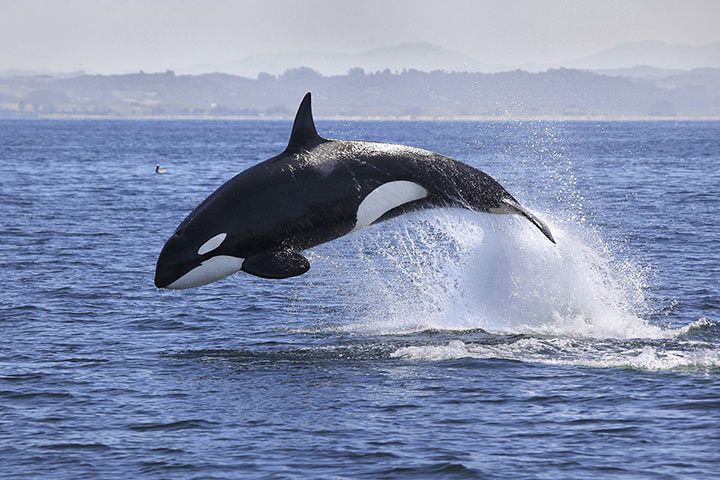
Anatomy and Appearance
Size and Weight
Orcas are impressive in size. The bulls are 22-26 feet (6-8 meters) long and weigh up to six tons. Overall, the cows are slightly smaller and lighter. They reach a length of 16-23 feet (5-7 meters) and weigh 3-4 tons.
Color
Why Are Orcas Black and White?
The black and white coloring is used for camouflage. It's all about perspective. If you are under water and look up to the water surface, it is rather bright due to the daylight. Thus, it is very difficult for prey and enemies to detect the white tummy of the orca. From above, all prey and enemies look at the orca’s black back, which can hardly be distinguished from the darkness of the deep waters.
Fin
The large fin on its back is very narrow and sticks straight up. It looks like a long sword. This is why the orca is called "Schwertwal" in German. It means "sword whale". The fin is up to 6 feet (1.8 meters) high in male animals. The pectoral fins are called "flippers" and are about 6.5 feet (2 meters) long. The large caudal fin is called "fluke" and is 9 feet (2.8 meters) wide.
Why Do Some Orcas Have Flopped-Over Fins?
If the fin on its back flops over, the animal is not doing well. This is particularly common in animals living in captivity. For example in dolphinariums in large zoos. The main reason for this is the lack of exercise. The animals are used to swimming long distances every day. However, this is not possible in the small tanks. The muscles are not exercised and become slack. Keeping orcas as zoo animals is therefore heavily criticized.
Eyes
Their eyes are difficult to see because the skin around them is black. Behind them, however, are white eyespots. Why? When the orca is attacked, the eyes are often the target. However, the white spots attract attention and confuse the attacker. With any luck, only some skin will be injured, but the eyes themselves will be spared.
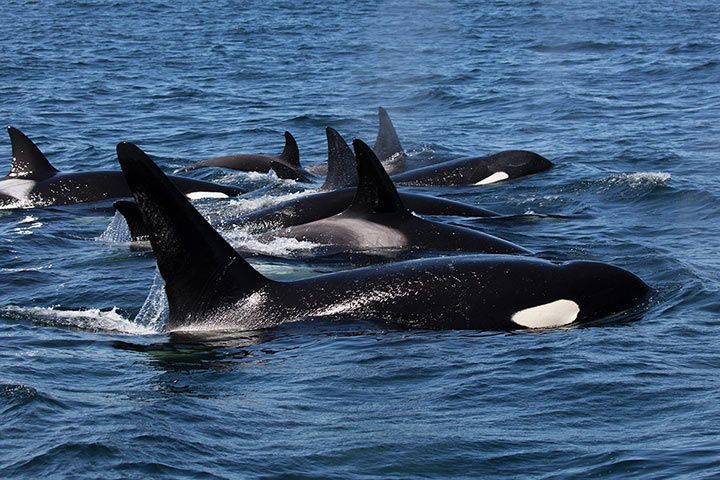
Diet
Orcas are pretty hungry. Per day, orcas eat about 485 lb (220 kg) of food, which can consist of 20 to 30 different species of mammals, fish and birds.
Behavior
Life Under Water
Orcas swim distances of up to 100 miles (160 km) each day. They dive to around 100-500 feet (30-150 meters) deep and can stay underwater for 15-20 minutes. But they usually come up for air every two to five minutes.
How Do Orcas Hunt?
They hunt in teams and use all kinds of hunting strategies. For example, they confuse their prey with air bubbles. As a result, the prey loses its orientation and can easily be caught. Another tactic they use is hitting their prey with their fin. This stuns and immobilizes it. They are also masters at driving prey together and cutting off escape routes.
It is particularly impressive when they snatch prey from ice floes. With a powerful flapping of their fins, they sometimes create a large wave and quickly “wash” their prey off an ice floe.
Sometimes they even come down to the beach. There, they try to capture seals. In order to have the element of surprise for themselves, they "shoot" at great speed and land with their massive body on the sand. With any luck they will be close enough to capture a seal.
Are They Social Animals?
Orcas are very sociable and live in groups of 10 to 70 animals. They nearly always swim together and hardly ever part. Every group has its own dialect (a certain manner to utter sounds) to maintain their strong social cohesion. All members of an orca group take care of the young ones, no matter if they are directly related to each other or not. In exceptional cases, the animals can become up to 80 years old. Sometimes up to four generations are living together.
Attacks on Boats
Reports of orcas attacking boats in the Strait of Gibraltar (between Spain and Morocco) have been mounting since 2022. One reason for this could be that the animals are under a lot of stress due to the heavy shipping traffic. Another reason may be that they mistake the boats for food competitors. Researchers believe that they specifically attack the oars so that the boat can no longer continue. But they wouldn't want to harm anyone.
Enemies and Threats
Adult orcas have no natural predators. Only large sharks manage to capture weak or sick young animals.
Origin of the Name
Why Are Orcas Called "Killer Whales"?
The orca has been feared as a killer whale for centuries, although it is generally friendly and curious as far as humans are concerned. So, why is it called killer whale then? To begin with: The name orca derives from the scientific name Orcinus orca. The term "killer whale" probably alludes to the orca’s preferred food, which includes other whales such as small dolphins, minke whales, and gray whales. Therefore, fishermen called it “whale killer”, which became "killer whale" later on.
Reproduction
Orcas have a gestation period of 12 to 18 months. At birth, an orca calf already weighs 440 pounds (200 kg) and is about 7.9 feet (2.4 meters) long. Mother and child maintain a close relationship, which mostly lasts for their entire lives.
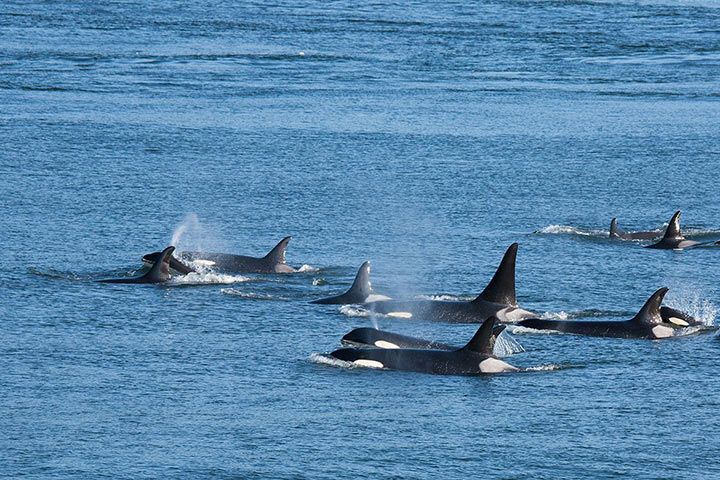
Fun Facts
Orcas Have the Second Largest Brain
After the sperm whale, orcas have the second largest brain of all marine mammals.
Life Expectancy
Orcas can get very old. Their life expectancy is around 50 years. Sometimes they even live to be 80 years old.
Animals in the Same Biome:
- Atlantic Puffin
- Elephant Seal
- Giant Oceanic Manta Ray
- Hammerhead Shark
- King Penguin
- Loggerhead Sea Turtle
- Polar Bear
- Walrus
Video: 28 Facts About Orcas
(Video opens on YouTube)













